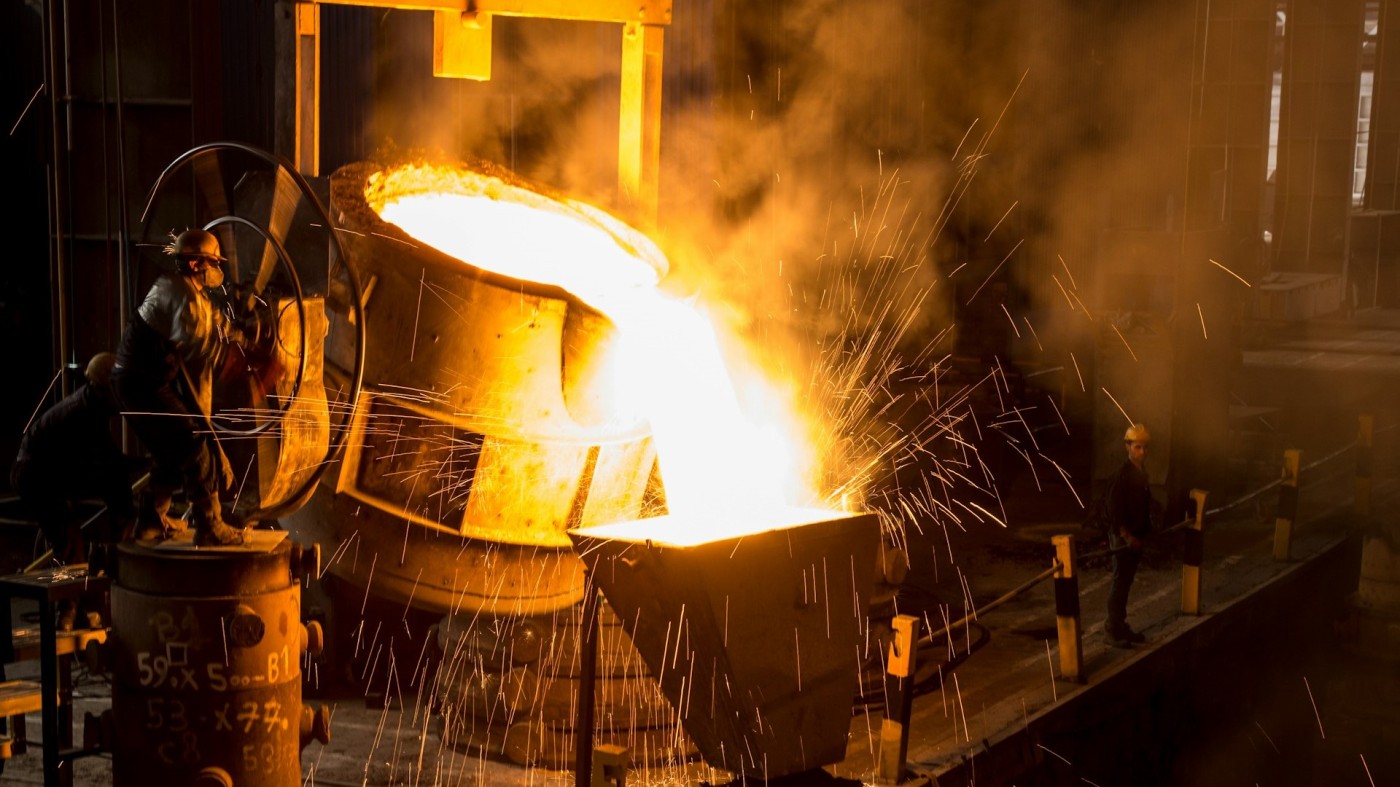German steelmakers are investing heavily to transition their carbon-intensive industry towards greener production methods. The country’s largest steel company Thyssenkrupp plans to spend €10 billion by 2030 reducing emissions at its mills through switching to hydrogen as fuel. Hydrogen does not directly produce carbon dioxide when burned but is currently more expensive to produce than natural gas. Thyssenkrupp aims to source green hydrogen produced using renewable power which would cut CO2 from steelmaking processes by about 30%.
Salzgitter, another major steelmaker, has invested €1 billion to build a direct reduction plant fueled by hydrogen. This will produce “green steel” with emissions up to 95% lower than conventional blast furnaces. However, the plant will not be operational until 2026, highlighting the challenge of transitioning an industry that relies on capital-intensive infrastructure. Switching existing blast furnaces to hydrogen is technically difficult and would require a massive investment.
The transformation is being driven by the European Union’s carbon border tax, due to be implemented in 2026, which will impose levies on imported steel if it is produced using dirtier methods than in the EU. This puts pressure on German producers to decarbonize to remain competitive. The government is supporting the transition through its national hydrogen strategy launched in 2020 which aims to install 5GW of electrolysis capacity for green hydrogen production by 2030.
However, high costs remain a hurdle and many unknowns exist around the long-term availability and price of green hydrogen. Success will depend on sufficient investment in electrolysis plants and infrastructure to transport hydrogen. The transition is also complicated by Germany’s reliance on Russian natural gas previously used for hydrogen production. Nevertheless, steelmakers view the investments as necessary for the industry’s future given the growing demand for lower-carbon materials.
Photo by Morteza Mohammadi
